Barrel Spotlight: One Mash Bill, Two Unique Paths
Welcome back to the Brindiamo Barrel Spotlight, our weekly email series highlighting the barrels, distilleries, and market dynamics shaping today’s...
3 min read
Admin : Jul 25, 2024 7:12:19 PM
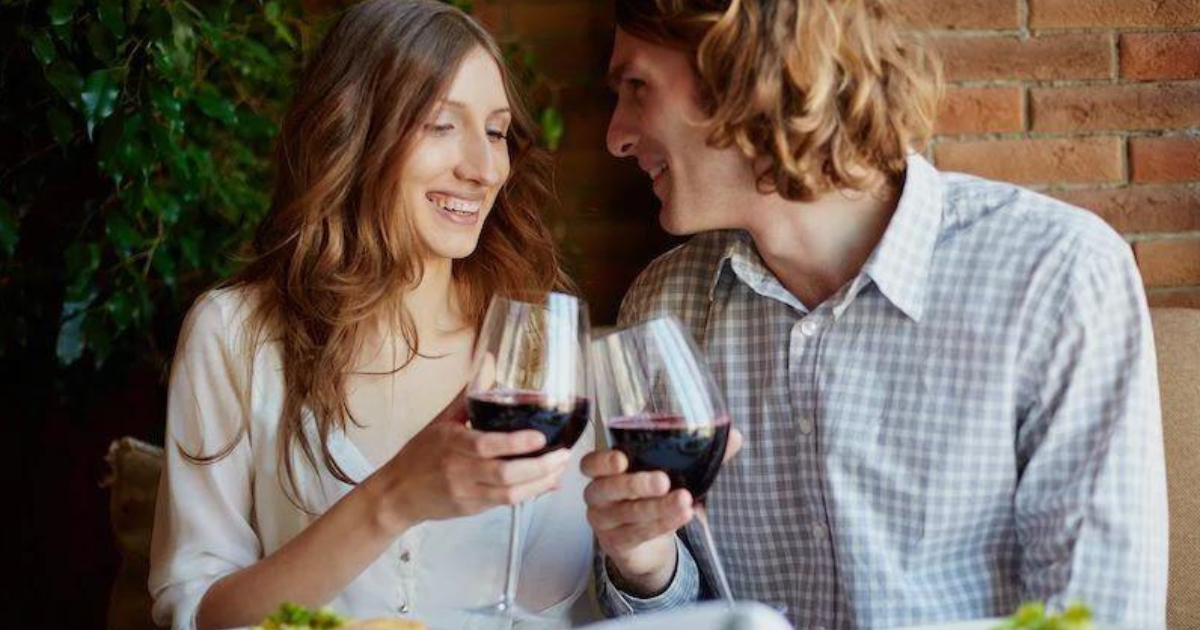
A new generation is on the rise, outpacing the Baby Boomers, and it's essential for wine companies to pay attention. The Millennial generation took over the workforce from the Baby Boomers in 2016 and is projected to surpass them as consumers by 2036. How this new group of consumers purchases wine is shifting, and we take a closer look at what that means to your marketing strategy.
Researching the millennial generation can be tricky, as there is often difficulty in pinpointing the exact parameters through Google searches or marketing reports. The year they were born is roughly from 1981-1996, which means they are between 26 and 38 years old in 2019. While experts may not agree on the exact boundaries, one thing they can confirm is the significant workforce shift. In 2016, baby boomers were overtaken as the largest workforce by millennials, totaling around 56 million. The population of this new demographic is projected to increase, with immigration playing a key role. By 2036, it is expected to reach approximately 76 million.
ABC Fine Wines & Spirits, a long-standing family-owned alcohol retailer, offers a wide selection of fine wines and spirits. With a keen eye on industry trends, the company has observed a shift in purchasing habits between millennials and baby boomers. Millennials typically opt for wines in the $12-$17 range for a .750ml bottle, showing a preference for value. Contrary to baby boomers, millennials are more adventurous in their wine choices, exploring various styles, regions, and taste profiles. According to Anthony Riboli, fourth-generation winemaker at Riboli, millennials are a diverse group that appreciates a wide range of wine options.
When pitching your wine product to millennials, it's essential to understand that this generation doesn't follow one unified belief. They belong to different tribes or sectors, so getting your message across requires a unique approach. A significant common factor among millennials is their online presence. Wine companies must engage with these new consumers where they are and adopt an educational approach to convey their brand message. Additionally, storytelling plays a crucial role in connecting with a wide range of millennials, as they seek that emotional connection before making a purchase.
Let's dive deeper into the understanding that millennials crave a compelling brand narrative before making a purchase decision. So, how does this translate to their wine choices? According to Jim Sabia, the executive vice president and CMO at Constellation Brands, millennials seek out brands that offer a unique story and an approachable drinking experience. This resonates with their desire for authenticity and a wine suitable for various occasions.
One beverage that millennials are loving is rosé. Constellation Brands acquired Meiomi, a California Pinot Noir-focused brand. Since the acquisition, there has been a significant increase in sales volume from 790,000 to 1.35 million, including a Chardonnay and a rosé priced at $25. Brands across the board are experimenting with different products to attract consumers. For example, Gallo, the owner of the popular wine Apothic, created a cold brew coffee-infused red wine. This innovation in new products is just the beginning. Some brands are exploring alternative packaging to appeal to sustainability-conscious millennials. As convenience is crucial to their purchasing decisions, some wineries have introduced canned versions of their wine for easy transport, while others offer three-liter packages for larger social gatherings.
Can the diversity within the millennial generation and the challenges marketers face be emphasized enough? This new consumer group devotes a significant amount of time and attention to online and mobile platforms to explore and engage with new products. While digital channels play a crucial role, traditional retail spaces still hold sway. ABC has noticed a rise in the number of shoppers eager to participate in in-store wine tastings. What sets them apart is their motivation for attending these tastings. Rather than solely focusing on the wine's flavor profile, many attendees are more interested in learning about the product and the company's story. Capturing their interest necessitates a storytelling approach. How can you achieve this? Through strategies like digital advertising and collaborations with influencers.
You might consider dividing millennials into various subgroups, but this approach may not fully capture their diversity. To effectively reach this audience, a tailored strategy is essential to avoid coming across as insincere. Collaborating with agencies like Brindiamo Group can help refine your approach. With years of experience in the adult beverage industry, Brindiamo is skilled in implementing top-notch marketing tactics for alcoholic beverages. Reach out to us for more information.
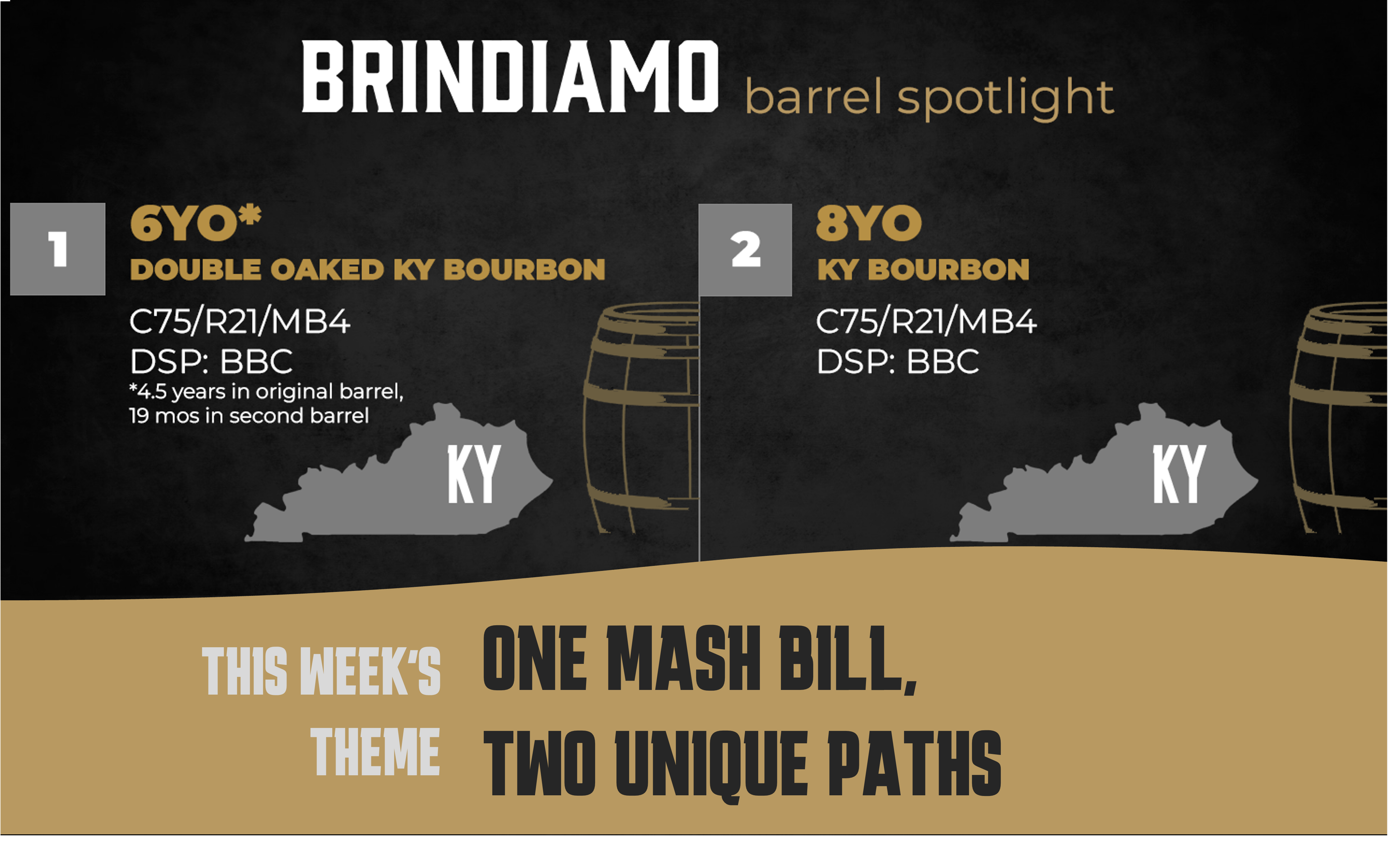
Welcome back to the Brindiamo Barrel Spotlight, our weekly email series highlighting the barrels, distilleries, and market dynamics shaping today’s...
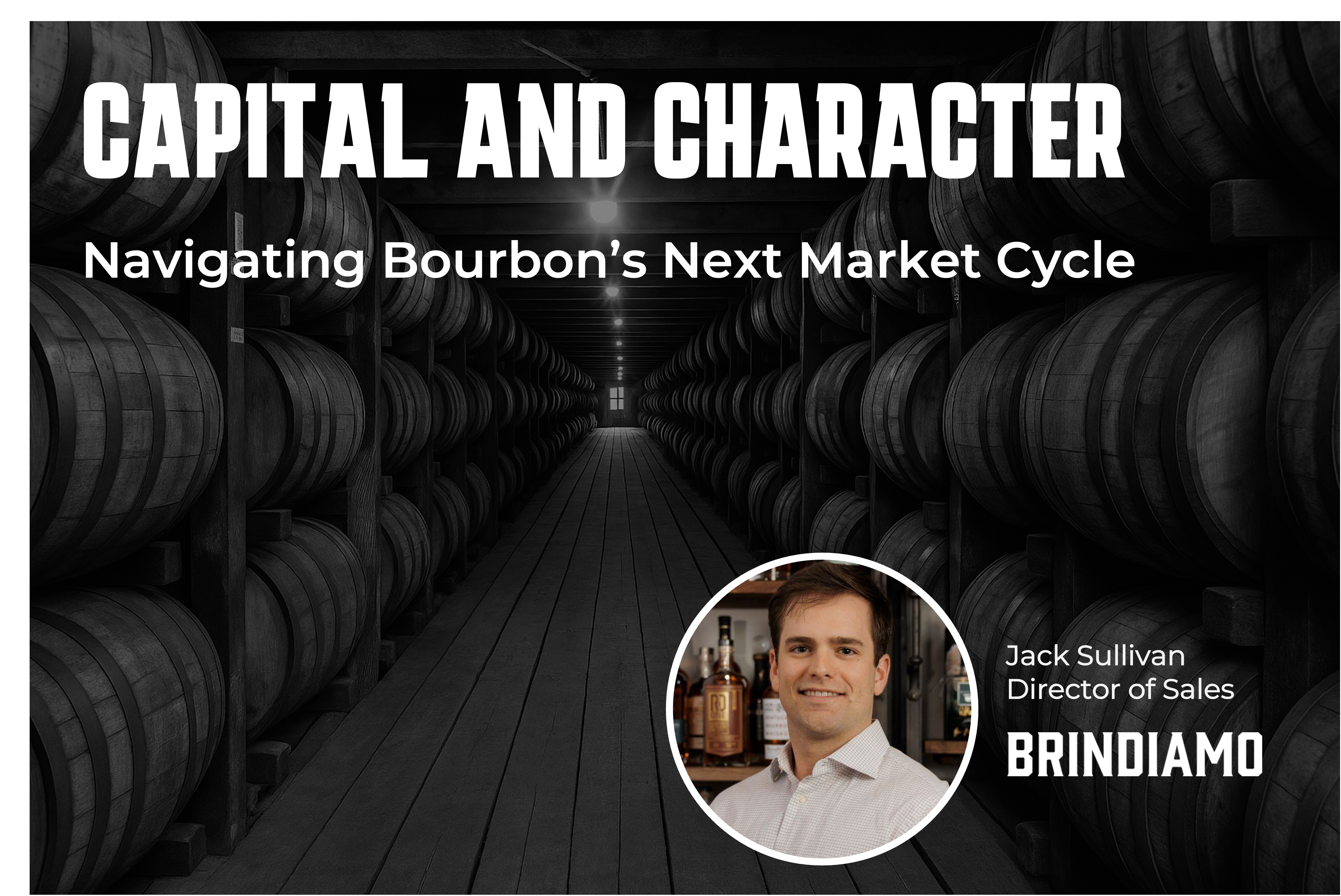
The market for bourbon barrels is bifurcated. Over the course of the last 24 months, the conversation has shifted from how to find whiskey to how to...
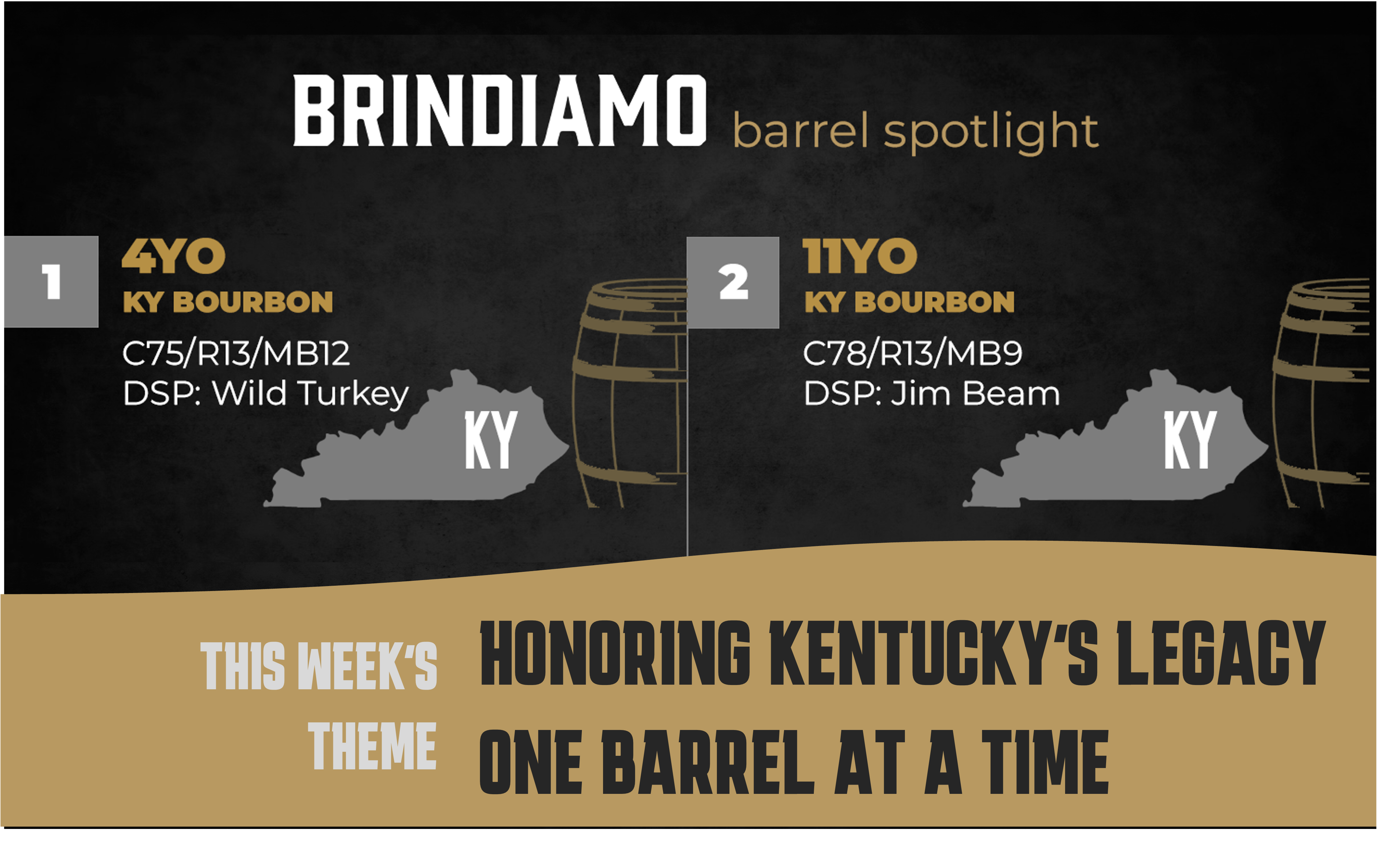
Welcome to the Brindiamo Barrel Spotlight, our weekly series celebrating the barrels, distilleries, and market dynamics shaping today’s whiskey...
.png)
Bourbon has seen a surge in popularity over the past decade, making it more accessible than ever before. But what exactly is bourbon? How can you...
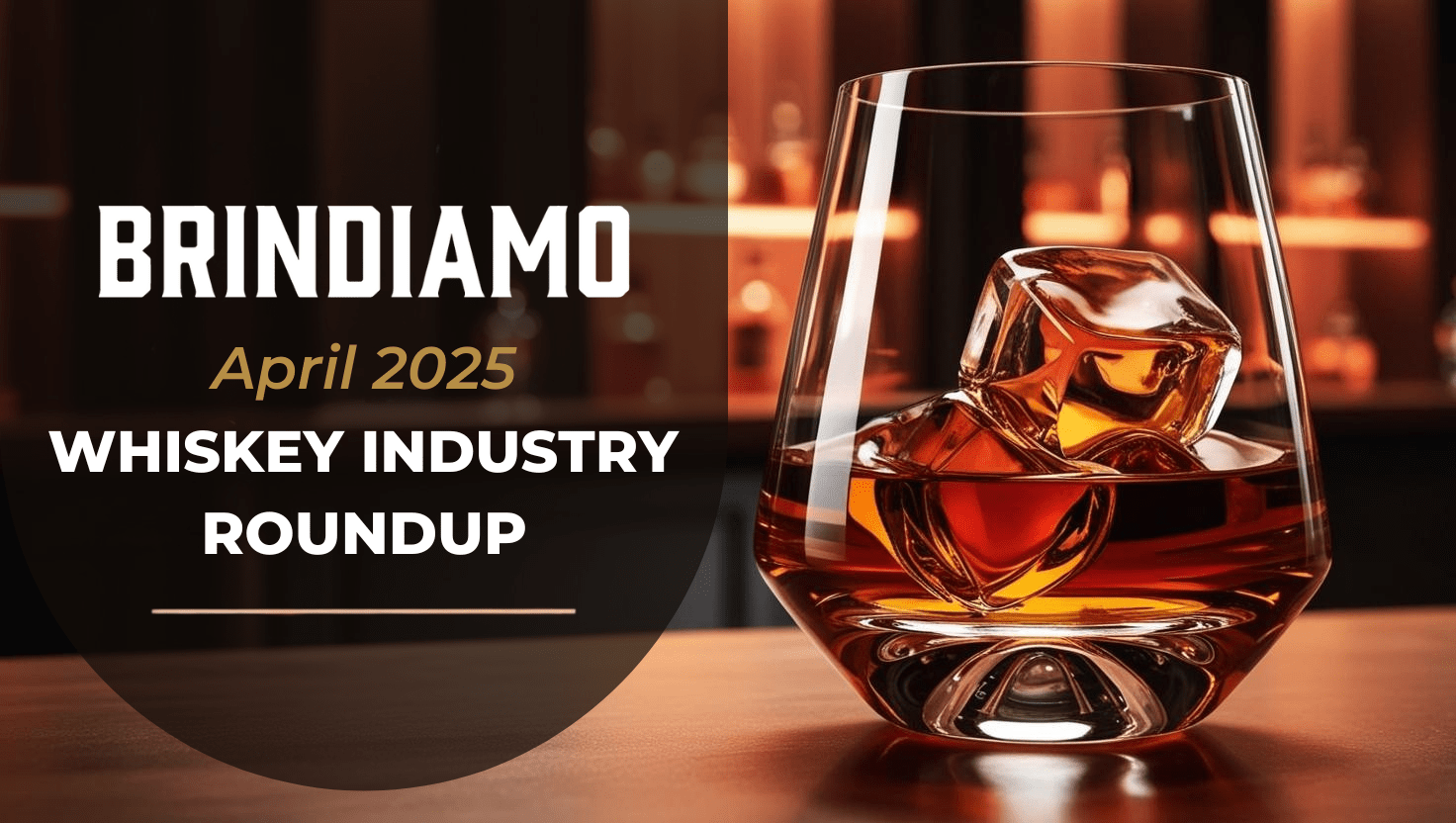
Insights from the Mark Brown Industry Newsletter and Beyond
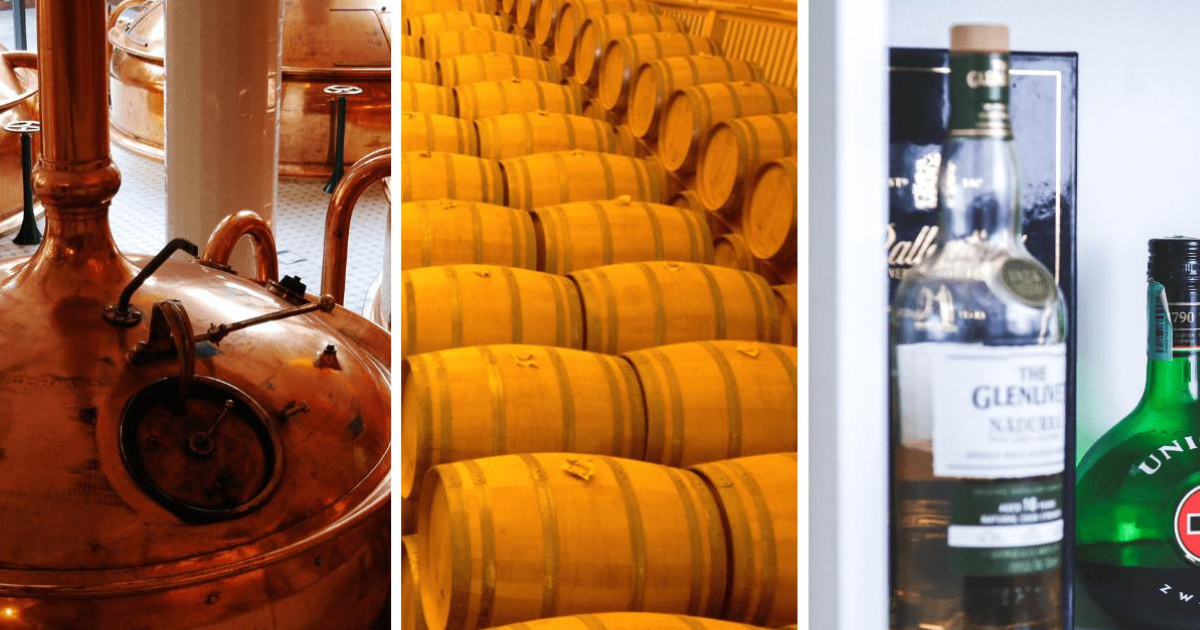
For anyone looking to produce, sell, import, or supply alcohol, understanding the 3-tiered system is crucial. Following the prohibition era, the U.S....
Join the conversation
Leave a comment below.